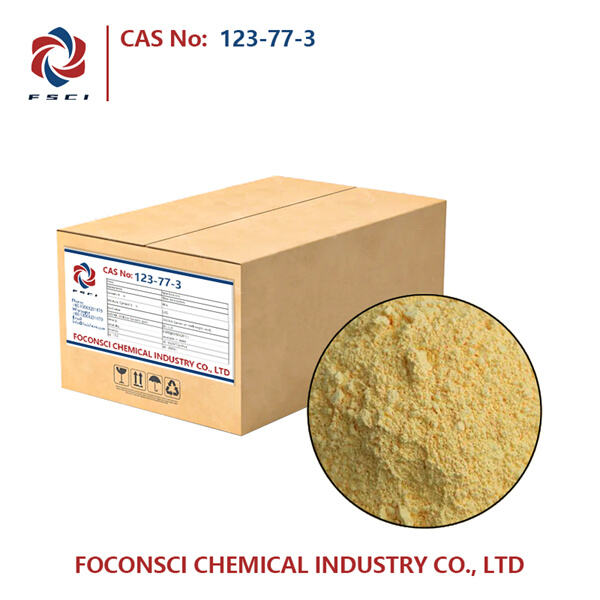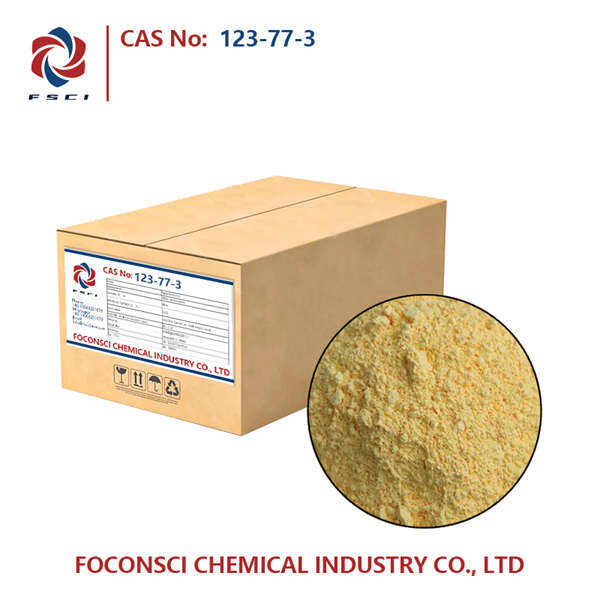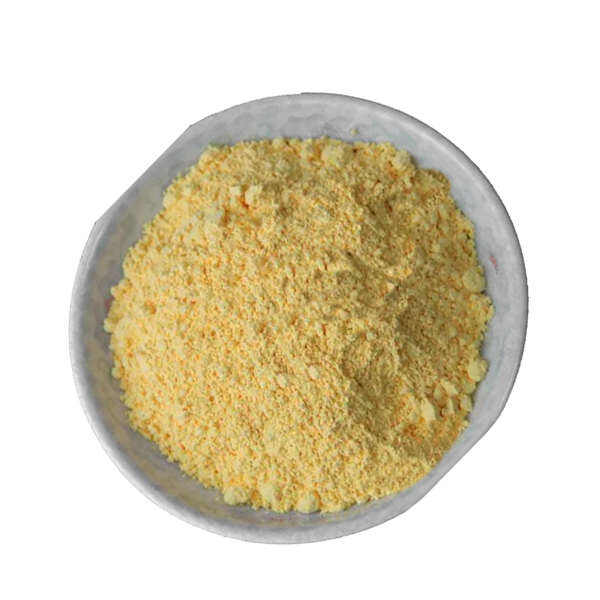No.1,Shigou Village,Chengtou Town,Zaozhuang City,Shandong Province,China.
Azodicarbonamid ramlar inte precis lätt av sig på tungån, och hänvisar till något ganska enkelt som många använder i maten. Denna särskilda hjälper är ofta inkluderad i bröd och bakverk. Det gör att maten stiger högre och håller ihop bättre så att de kan bli uppskattade. Utöver mat används azodicarbonamid också för att göra andra saker som plastfoam och gummimaterial, material som används i många produkter vi använder dagligen.
Medan azodicarbonamid finns i många produkter som konsumeras av en stor mängd människor har andra uttryckt oro för att det kanske inte är säkert för alla individer. Det orsakar bekymmer bland vissa att det kan vara problematiskt för hälsan, och till och med allergiskt för vissa personer. På grund av dessa farhågor tillåter vissa länder, inklusive Storbritannien och Australien, inte att det används i matallé alls. De vill hålla alla trygga och friska, och därför har de fattat detta beslut.

Azodicarbonamide används bredvid i många livsmedel i USA. Enligt Mat- och Läkemedelsverket (FDA), myndigheten som övervakar matens säkerhet, är det säkert att äta. Azodicarbonamide finns i en bred vattenstråke av populära livsmedel, inklusive bröd, bagels och pizza-dej. Det används också i bullar hos snabbmatrestauranger och i olika bakvaror. Många kanske inte har vetat att de alls konsumerade azodicarbonamide eftersom den kontroversiella kemikalien inte alltid är lätt att identifiera på produktemballagen. Detta kan göra det svårt för konsumenter att veta vad de äter.

Med så mycket användning skulle man tro att det inte finns några tvivel om säkerheten hos azodicarbonamid – men det finns fortfarande några som ifrågasätter det. Några studier har visat att ämnet kan leda till problem, såsom andningsproblem som astma, vilka kan vara allvarliga för vissa människor. Det sagt, bevisar dessa studier inte att azodicarbonamid är skadligt i sig självt, och ytterligare forskning skulle vara till hjälp för att verkligen förstå eventuella hälsorisker kopplade till det.

Om du föredrar att hålla bort azodicarbonamid från din mat, finns det alternativa ingredienser som hjälper till att uppnå samma resultat. Men vissa bagare och livsmedelsproducenter har börjat använda naturliga hjälpmedel istället. Så de kan använda jäst eller till och med bakpulver för att få sina bakverk att blåsa upp. Andra har valt naturliga agenter, såsom enzym eller askorbinsyra, för att uppnå liknande effekter utan användning av azodicarbonamid. Dessa alternativ hjälper personer som är tveksamma mot att konsumera vissa tilläggsmaterial.